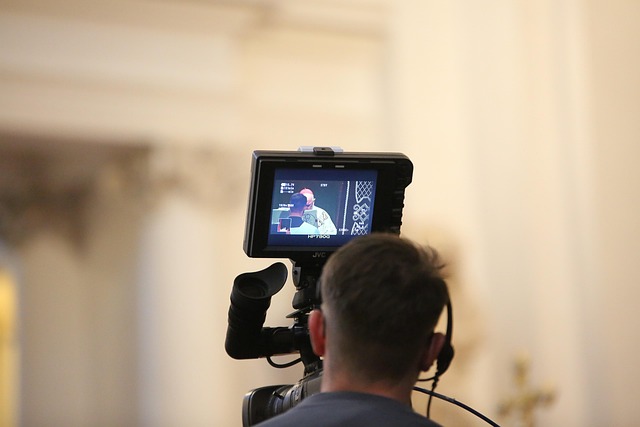
Unlocking the Power of Visualization in Science, Technology, and Workplace Culture
Unlocking the Power of Visualization in Science, Technology, and Workplace Culture
Visualization is more than just a tool; it’s a fundamental way of understanding complex concepts and communicating ideas effectively. Whether in the realms of science, technology, or workplace culture, the power of visualization can transform the way we perceive information and interact with one another.
Science: Bringing Data to Life
In the scientific community, data can often feel abstract and overwhelming. Visualization acts as a bridge, making intricate data sets accessible and understandable. Think of how a simple graph or chart can encapsulate years of research, making trends and insights crystal clear. For instance, the use of infographics in presenting scientific data can not only enhance understanding but also captivate an audience that might otherwise feel detached from the numbers.
Moreover, visualization tools like 3D models and simulation software enhance our ability to explore scientific phenomena. Imagine being able to visualize molecular structures or planetary movements in real time; these tools facilitate deeper exploration and conversation, encouraging collaboration among scientists who can share ideas without getting lost in jargon.
Technology: Simplifying the Complex
As technology rapidly evolves, so does the complexity of information surrounding it. Visualization helps streamline communication, making it easier for stakeholders, developers, and consumers to grasp new concepts quickly. Infographics and interactive dashboards are prime examples of how visualization can simplify complex technological ideas, allowing teams to align and execute their visions effectively.
Furthermore, in software development, user interface design heavily relies on visualization principles. A user-friendly interface not only attracts users but also enhances their overall experience. By presenting information in a visually appealing and organized manner, technology becomes less of a hurdle and more of a facilitator in our daily lives.
Workplace Culture: Fostering Engagement and Collaboration
In the context of workplace culture, visualization plays a vital role in fostering engagement, collaboration, and creativity. When teams gather to brainstorm ideas or solve problems, visual aids like mind maps and flowcharts can help structure discussions in a way that harnesses everyone’s input. This fosters a collaborative atmosphere and ensures that all voices are heard.
Moreover, effective visualization can elevate meetings, transforming dull presentations into dynamic discussions. When people see data represented visually—be it through slides, graphs, or interactive displays—they are more likely to engage and participate actively. This not only increases retention of information but also cultivates a sense of community as employees connect with the material on a personal level.
As we embrace the digital age, understanding the power of visualization in communicating science, technology, and workplace culture becomes increasingly essential. By harnessing this powerful tool, we can break down barriers in communication, foster understanding, and create environments where innovation thrives. Whether you’re a scientist deciphering complex data, a tech professional sharing a new product, or a team leader nurturing a dynamic workplace culture, visualization is your ally in bridging gaps and inspiring action.



